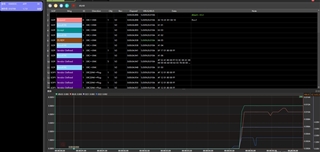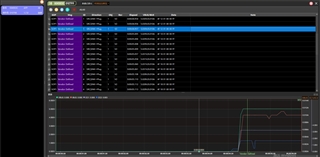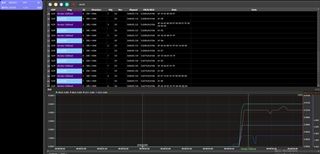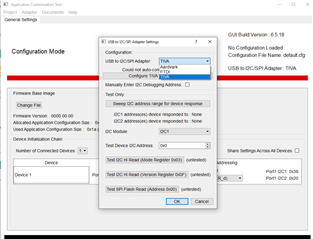DEAR TI:
[TPS65992]When the DP device is inserted, it is found that the TPS65992 does not communicate with the external device through PD protocol. See the main text for details
We are using the material of your company (TPS65992DAE), and we have encountered some difficult problems and need your support! Urgent!!
1. Background of the TPS65992DAE chip scheme;
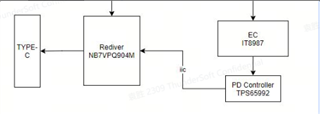
As can be seen from the above, our company replaced the original redriver chip (PS8802QFN52GTR-A3) into NB7VPQ904M chip.At present, we have two problems:
1. After replacing redriver, we find that TPS65992 cannot control Rediver chip (NB7VPQ904M) through I2C;
Q: After replacing rediver chip, do I need to update the chip firmware program of TPS65992?
Q: If you need to update the chip firmware program for the TPS65992, can you provide this firmware program to match the NB7VPQ904M?
2. After we replaced the redriver, we found that TPS65992 did not have the correct PD protocol communication message when it was connected to the external DP interface device, according to our captured graphics. The message format is as follows:
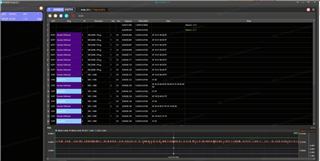
Q: We would like to confirm whether the PD protocol between DP peripherals and PD controller TPS65992 is fully controlled by TPS65992?
Q: If it is completely controlled by TPS65992, is the PD protocol captured in the figure above correct?
Q: If the PD protocol captured in the figure above is incorrect, what is the cause?How do you solve it?
3. How can I confirm that the input and output signals of the TPS65992 are normal when I insert the DP device?


